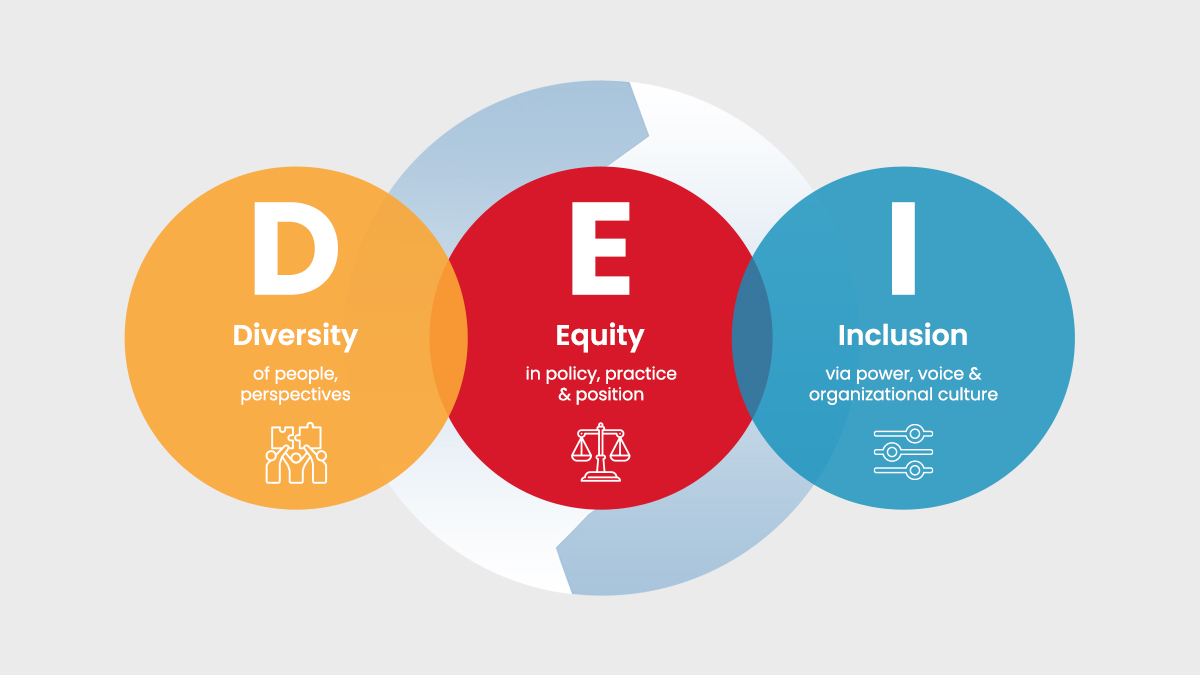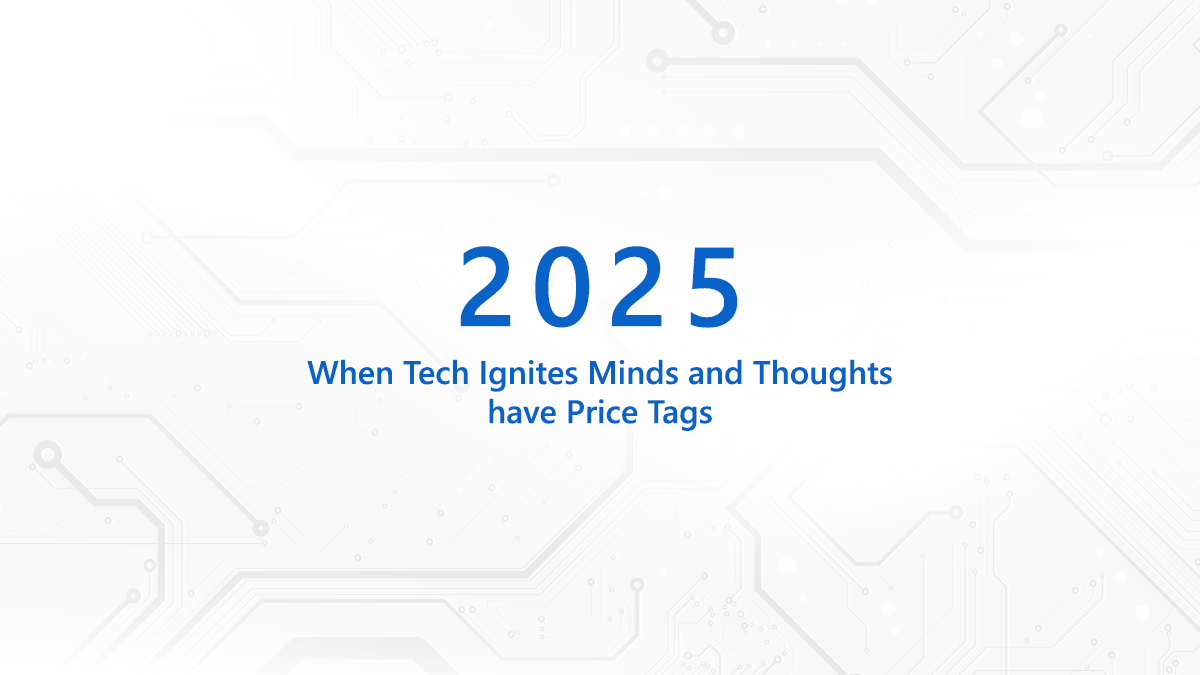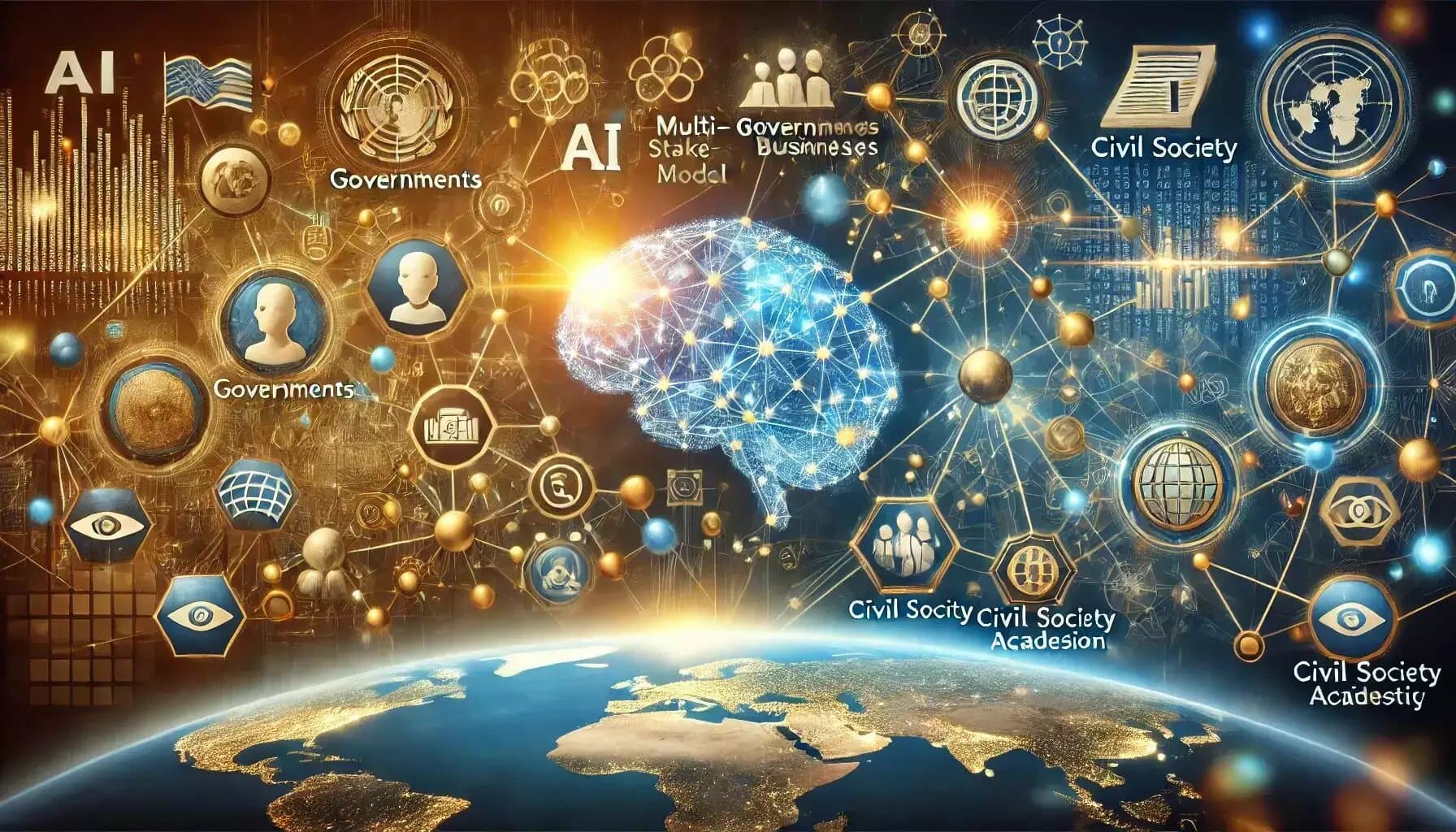
Organizations have been unlocking the power of creating engaging experiences- be it customer experience (CX), employee experience (EX), user experience (UX) and multi-experience (MX). But businesses are becoming more virtual and dispersed after the outbreak of the Covid pandemic. In the changing business landscape, organizations realize the need to stitch these Xs done in silos to create a holistic and immersive experience for all. That's what they call Total Experience (TX). Coined by Gartner, which has billed it as one of the top technology trends for 2021, TX is a disruptor and a must-have strategy to achieve transformative business outcomes.
Per the estimates of Gartner, organizations that offer TX will outperform their competitors by 25 per cent in key satisfaction metrics for both customers and employees. So, whether you are looking to stem the churn rate or improve your employee retention rate, TX is something that you got to think out loud.
Total experience stitches all UX touchpoints to transform business outcomes. @Disney @WaltDisneyWorld @Gartner_inc @PwC #ux #CX #EmployeeExperience #pandemic #NewNormalhttps://t.co/zXoQqk1Ish
— Priyadarshi Nanu Pany (@NanuPany) December 6, 2021
Total experience stitches all UX touchpoints to transform business outcomes. @Disney @WaltDisneyWorld @Gartner_inc @PwC #ux #CX #EmployeeExperience #pandemic #NewNormalhttps://t.co/zXoQqk1Ish
— Priyadarshi Nanu Pany (@NanuPany) December 6, 2021
Digital Experience Economy - Grow It with TX
The concept of the experience economy was first floated by Joseph Pine and James Gilmore in the 1990s. The narrative of the experience economy is woven around creating incredible experiences that engage customers in a deeper way. It goes beyond the banal selling of products, services or solutions. The experience economy is projected to be worth $12 billion by 2023. In the US, consumer spending has shifted dramatically in the past few years, with 4x more dollars spent on experiences than goods.
Think how Disney grew into a redoubtable global brand! The creators went the extra mile. Besides making stunning movies and creating iconic characters, Disney permeated the mindscape of the audiences through amusement parks and events, thus stitching a firm brand loyalty.
Today when brands are sharpening their omnichannel experience for achieving the best outcomes, TX can be a strong catalyst. Through intersecting all UX touchpoints, TX helps companies establish trust and open communication throughout the customer lifecycle and stay on brand across all channels and through every touchpoint.
What If There's No TX?
Data from PwC shows that 32 per cent of consumers will stop buying a product they love after only one bad experience. Companies that offer the best customer service use technologies that promote speed, convenience, helpfulness, and friendly service for their consumers. Creating a unified user experience that integrates UX, CX, MX, and EX makes businesses stand out from their competition. TX is an enterprise's reputation as a manner of differentiating itself from competitors and consumers. The companies with solid reputations, which excel at TX, win top talent and attract customers through CX. With no TX strategy, you lose talent as well as profits. The importance of a cohesive TX is clear because it reduces the burden, cost, and redundancy of serving internal and external groups, bringing about company-wide improvements.
The Evolving Experience Economy- TX for Transformation
The digital experience economy is evolving each day. Customer demands and employee expectations have undergone seismic shifts in a digital-first world. Organizations have little choice other than tearing down the silos of their UX touchpoints and creating a cohesive TX. It isn't about building experiences not aligned to services or goods but how this fused experience strategy elevates an organization's offerings and reputation and delivers an economic impact.


























































We will verify and publish your comment soon.